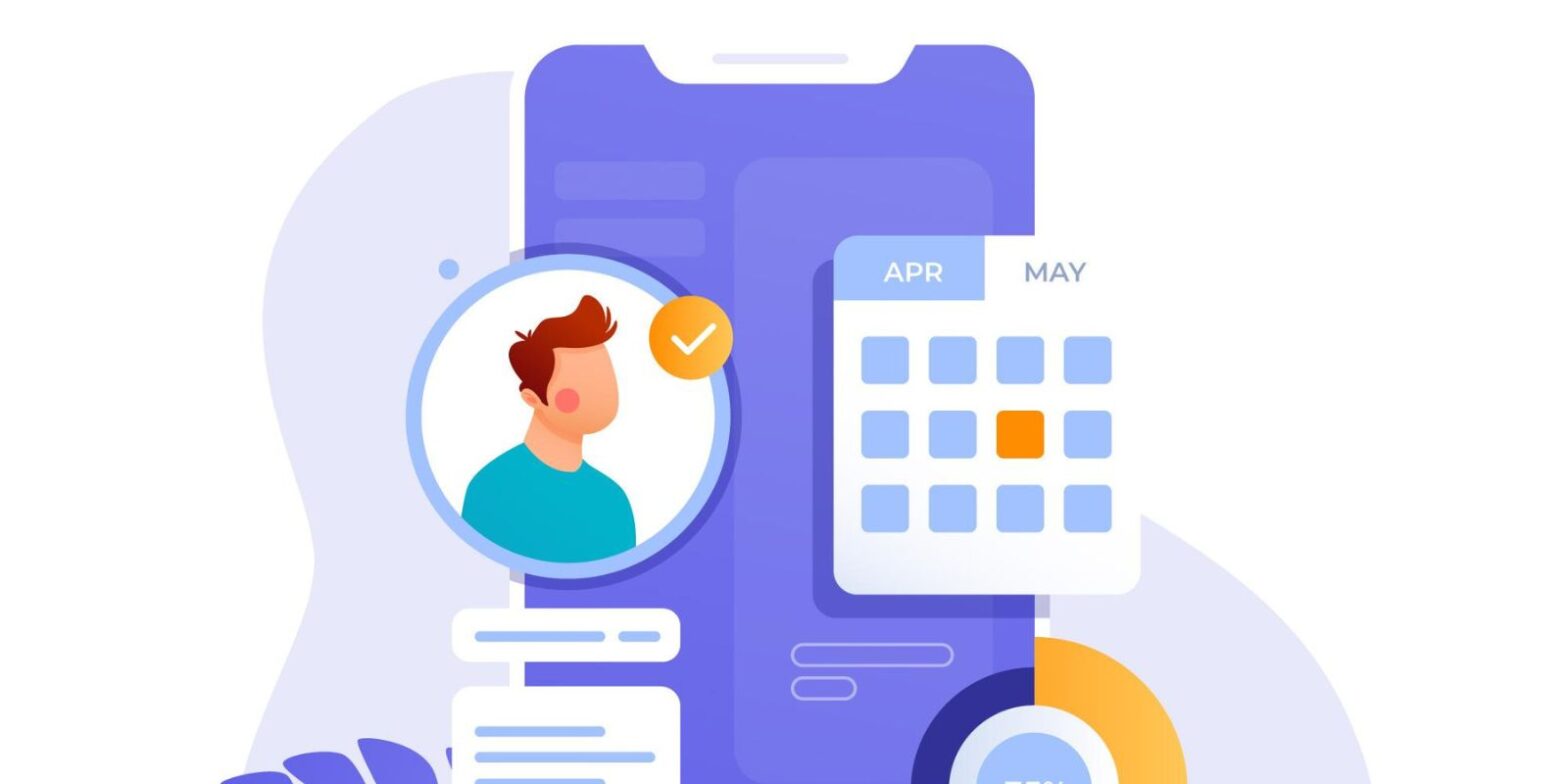Introduction
In today’s rapidly evolving technological landscape, creating seamless and visually appealing applications across multiple platforms is essential. Flutter, a cross-platform development framework, has emerged as a game-changer in the world of app development. This blog digs into the origin, uses, prospects and historical journey of Flutter.
What is Flutter?
Flutter, created by Google, is a delightful and open-source UI software development kit (SDK). It allows developers to build high-performance applications for multiple platforms, including mobile, web app development, and desktop, using a single codebase. Flutter uses the Dart programming language and offers a rich set of customizable widgets that enable the creation of beautiful and native-like user interfaces.
Key Features and Advantages
Flutter stands out from other frameworks due to its distinctive features. It provides a hot reload, enabling developers to see instant changes in the app during the development process. Flutter’s widgets are customizable, responsive and deliver a native experience across platforms. Additionally, its performance is comparable to native applications, thanks to the Flutter Engine’s rendering capabilities.
The Origin of Flutter
The foundations of Flutter can be traced back to 2015 when Google initiated the project under the code name “Sky.” It aimed to address the challenges of creating visually appealing, high-performance user interfaces across various platforms. The project underwent significant development and testing before its official release.
Google’s Contribution
Google officially introduced Flutter to the developer community in May 2017 at the Google I/O conference. Since then, Google has actively supported and promoted Flutter, investing resources to enhance its capabilities and expand its reach.
Strength of Flutter
One of Flutter’s primary strengths lies in its ability to facilitate cross-platform development. Developers can write a single codebase for both iOS and Android, significantly reducing development time and effort. This approach ensures consistency in-app behaviour and appearance across different platforms.
Native Performance
Flutter applications are compiled into native ARM language code, allowing them to deliver high-performance user experiences. By leveraging the Flutter Engine’s rendering capabilities, Flutter apps achieve smooth animations, fluid transitions and quick responsiveness.
Hot Reload
The hot reload feature in Flutter allows developers to make changes to the code and instantly view the modifications in real time. This repetitive development process enhances productivity and speeds up the debugging and refinement phases.
Beautiful User Interfaces
Flutter offers an extensive collection of customizable widgets that facilitate the creation of visually stunning user interfaces. Its flexible design system enables developers to craft pixel-perfect layouts, incorporate stunning animations, and achieve a consistent look and feel across platforms.
Rich Ecosystem and Packages
Flutter has a vibrant and growing ecosystem of packages and libraries contributed by the Flutter community. These packages extend the framework’s capabilities, providing ready-to-use solutions for common functionalities such as state management, networking, and authentication.
The Future of Flutter
Flutter has gained significant traction since its release and continues to attract developers worldwide. Its popularity is fueled by the framework’s ease of use, performance and ability to create visually impressive applications. As more developers embrace Flutter, its community and ecosystem will flourish.
The Flutter community is vibrant, active, and continually expanding, with Flutter developer salaries reflecting this growth. Developers can find extensive documentation, tutorials, and online resources to assist them in their Flutter journey. The Flutter team and the community actively contribute to the framework’s improvement, ensuring ongoing support and updates.
Uses of Flutter
Flutter is particularly well-suited for developing mobile applications. It enables the creation of visually appealing and high-performing apps for both iOS and Android platforms, saving development time and resources.
Web Applications
With the introduction of Flutter for the web, developers can utilize Flutter’s capabilities to build interactive and responsive web applications. Flutter’s widget system and hot reload feature translate well into the web development domain.
Desktop Applications
Flutter’s versatility extends to desktop application development. Flutter allows developers to create applications for Windows, macOS and Linux, opening new avenues for multi-platform software development.
Embedded Devices and IoT
Flutter’s lightweight nature makes it suitable for developing applications for embedded devices and the Internet of Things (IoT). Its performance and flexibility enable the creation of compelling user interfaces for a wide range of devices.
The Evolution of Flutter: A Journey Through History
Flutter underwent extensive development, testing, and refinement before its official release. It benefited from feedback and contributions from developers during its alpha and beta phases.
Flutter 1.0 and Beyond
In December 2018, Flutter reached its significant milestone with the release of Flutter 1.0. This marked the stable version of the framework, signalling its readiness for production use. Subsequent updates and versions introduced new features, improved performance and expanded Flutter’s capabilities.
Notable Milestones and Updates
Flutter’s journey is marked by significant milestones, including the addition of support for web and desktop platforms, improvements in performance, stability and the introduction of new tools.
Conclusion
Flutter has revolutionized cross-platform app development with its powerful features, native-like performance, and vibrant ecosystem. Its use cases span mobile, web, desktop, and embedded devices, making it a versatile choice for developers. With continuous support and a thriving community, Flutter’s future appears promising, paving the way for the creation of visually stunning and performant applications across multiple platforms.
Photo By: Freepik




